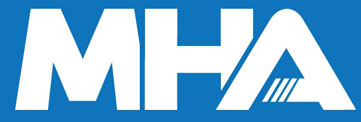Forklift Incidents Are Rising in Australia — Here’s How Workplaces Can Respond
Date Posted:14 October 2025
Forklift incidents continue to rise across Australia, highlighting the ongoing need for stronger safety practices. Explore what the latest data reveals and how workplaces can take practical steps to prevent accidents through better training and equipment.
Verdex Insights: At a Glance
-
The Challenge: Forklift-related incidents remain one of Australia’s leading causes of workplace injuries and fatalities. Despite better technology and awareness, unsafe site layouts, poor traffic control, and limited operator training continue to drive preventable accidents.
-
The Insight: National safety data shows thousands of serious claims each year involving forklifts, with long recovery times and high costs. Effective risk control relies on clear traffic separation, ongoing training, and using quality safety and handling equipment.
-
The Verdex Solution: Verdex helps Australian businesses reduce forklift risks with durable safety barriers, bollards, signage, PPE, and lifting equipment designed for warehousing, logistics, and manufacturing. Our products support compliance, improve site organisation, and create safer, more efficient workplaces.
Forklift Incidents Are Rising in Australia — Here’s How Workplaces Can Respond
Forklifts are vital to Australia’s warehousing, logistics, and manufacturing industries — yet they remain one of the leading causes of serious workplace injuries.
Despite improvements in technology and awareness, recent statistics show forklift safety continues to demand attention.
In a recent LinkedIn post, NSW Minister for Industrial Relations and Work Health and Safety, Sophie Cotsis MP, highlighted that since January 2024, more than 600 forklift incidents have been reported to SafeWork NSW, including four fatalities.
She announced a month-long compliance blitz in October, with more than 250 inspectors conducting unannounced forklift safety checks across NSW.
As Sophie Cotsis MP noted, “Every worker has the right to go to work and return home safely to their loved ones.”
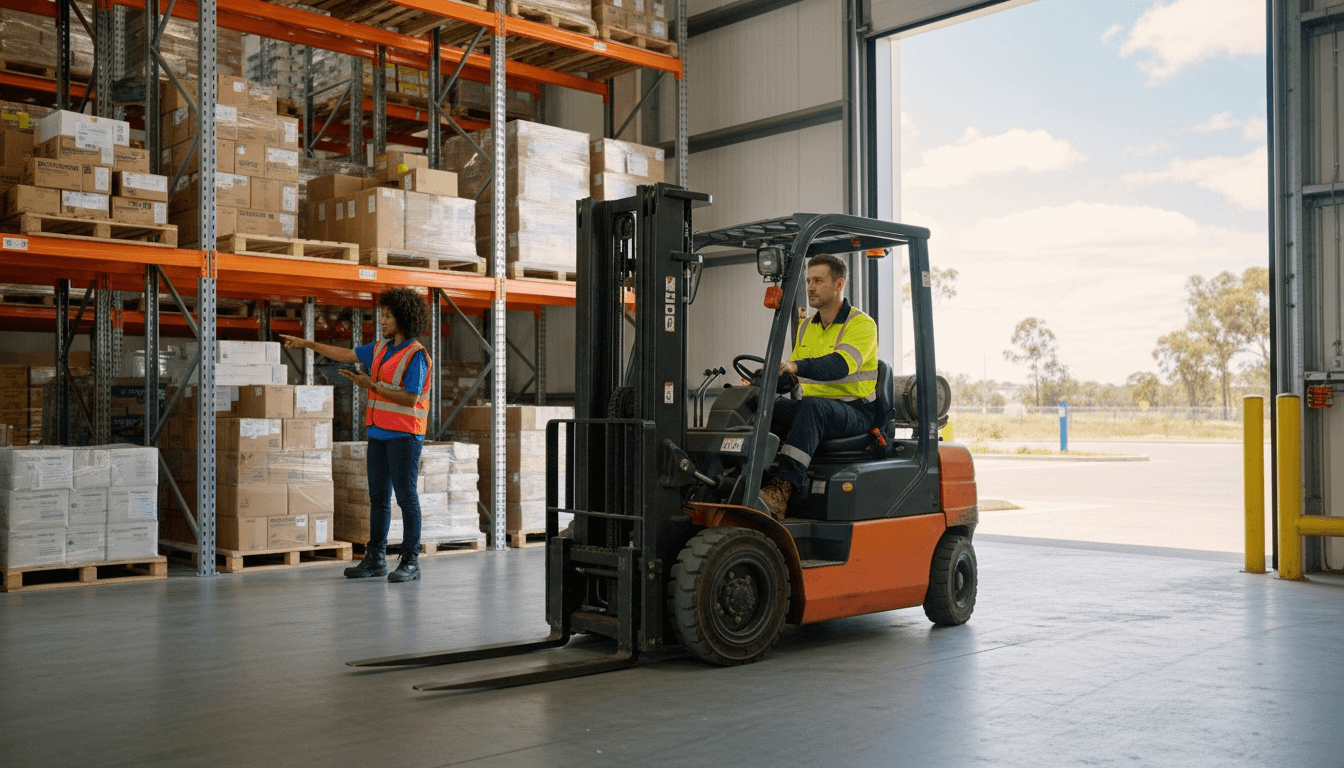
The Ongoing Forklift Safety Challenge
According to Safe Work Australia’s 2023 data, there were 200 workplace fatalities nationwide and over 139,000 serious injury claims.
The transport, postal, and warehousing sector continues to record some of the highest fatality rates of any industry — with forklifts among the most common equipment involved.
To better understand where and how these injuries occur, Safe Work Australia’s Workers’ Compensation and Fatalities Dashboards provide valuable insight into the scale and impact of workplace harm across each state and territory.
The data by state below shows just how widespread serious injuries and fatalities remain:
| StateState | AuthorityAuthority | Workers' Compensation Claims – 2023Claims ’23 | Median Time Lost (working weeks) – 2022Time Lost ’22 | Median Compensation Paid – 2022Comp Paid ’22 | Workers Fatally Injured – 2023Fatalities ’23 |
|---|---|---|---|---|---|
| - | Safe Work Australia | 139,002 | 7.2 | $14,416 | 200 |
| NSW | SafeWork NSW | 56,404 | 4.2 | $10,574 | 60 |
| QLD | WorkSafe Queensland | 33,832 | 6.4 | $11,332 | 51 |
| VIC | WorkSafe Victoria | 22,130 | 21.2 | $26,351 | 37 |
| WA | WorkSafe Western Australia | 12,550 | 10.8 | $27,858 | 27 |
| SA | SafeWork SA | 6,042 | 8.2 | $18,494 | 17 |
| TAS | WorkSafe Tasmania | 3,669 | 4.9 | $10,361 | 2 |
| ACT | WorkSafe ACT | 1,613 | 7.2 | $19,676 | 1 |
| NT | NT WorkSafe | 739 | 6.0 | $14,021 | 5 |
Swipe sideways to view all columns
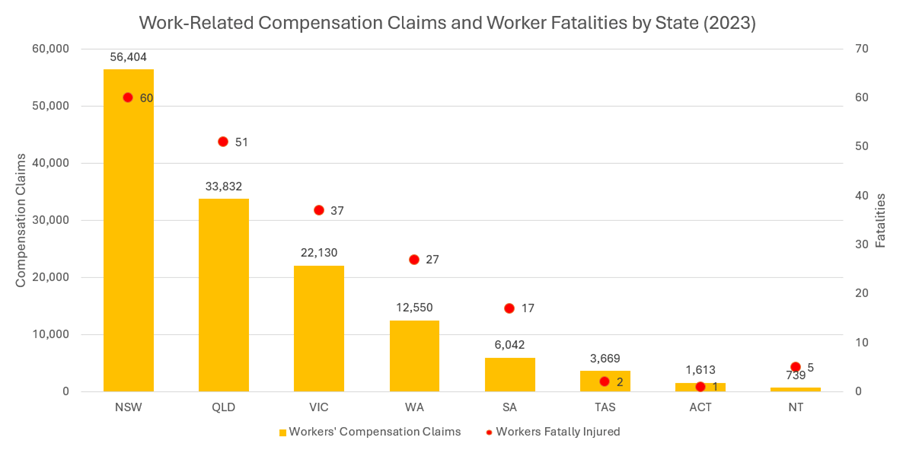
Source: Safe Work Australia – Work-related Fatalities Interactive Dashboard and Workers’ Compensation Interactive Dashboard (accessed October 2025).
This data highlights the human and financial impact of preventable incidents, with several key findings standing out:
-
In 2023, Australia recorded 139,002 serious workers’ compensation claims, with a median of 7.2 working weeks lost and an average payout of $14,416 per claim.
-
New South Wales reported the highest number of claims (56,404), while Victoria and Western Australia recorded the longest recovery times and highest average compensation costs, suggesting more severe injuries.
-
Forklift-related and manual handling incidents remain a key driver of serious claims in warehousing and manufacturing.
While machinery design has improved, the underlying causes often remain the same — poor traffic separation, insufficient operator training, and complacency in hazard control.
Why Forklift Incidents Keep Happening and How To Prevent Them
Even with better awareness and equipment standards, many forklift-related incidents continue to stem from simple, preventable issues.
Most occur due to poor traffic management, inadequate training, and unsafe site layouts — all of which can be addressed with proactive safety measures and the right equipment.
The table below outlines some of the most common causes of forklift incidents in Australian workplaces, along with practical ways to reduce these risks.
| Common Problem Problem | Why This Is An Issue Why | How To Prevent Them Solution |
|---|---|---|
| Unclear traffic management | Forklifts and pedestrians share the same space | Install safety barriers, bollards, and clearly marked walkways to separate traffic zones and prevent collisions |
| Expired or inadequate operator training | Unsafe manoeuvres or poor awareness of load limits | Conduct regular training and licence renewals to ensure all forklift operators meet WHS competency standards |
| Overloading or unstable pallets | Loads that shift or tip during movement | Use quality pallets, secure loads properly, and avoid exceeding the forklift’s rated capacity |
| Blocked sightlines or poor lighting | Reduced visibility increases crash risk | Maintain clear visibility through good lighting, mirrors, and unobstructed pathways |
| Cluttered aisles and narrow turning areas | Limited space for safe operation | Keep aisles clean, wide, and organised, with storage solutions that optimise space and reduce congestion |
At Verdex, we’ve seen the difference these measures make. Our range of safety equipment include:
-
safety barriers and bollards for traffic and pedestrian separation
-
PPE clothing and gear to protect workers on the floor
-
workplace signage for clear communication and hazard awareness
-
lifting equipment to reduce manual handling risks
-
And much more designed to support compliance and safety across every site
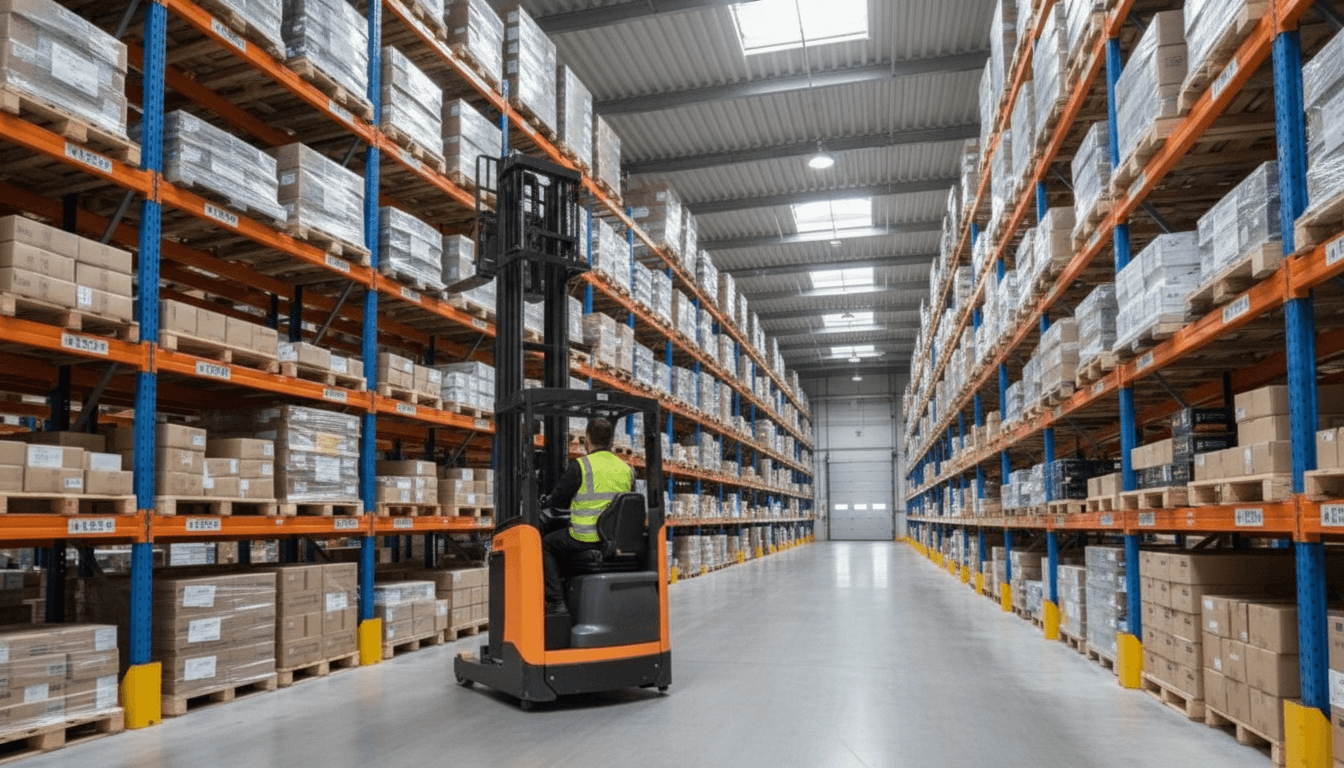
From Awareness to Action
National Safe Work Month’s 2025 theme — “Safety: Every Job, Every Day” — reminds us that safety isn’t a once-a-year discussion. The latest forklift data proves why ongoing vigilance is essential.
Every forklift movement carries risk, but with the right equipment, planning, and culture, those risks can be controlled.
Verdex supports Australian workplaces with compliant, durable solutions that keep people safe — every job, every day.
Explore our full range of safety and materials-handling products today or read more about National Safe Work Month 2025.
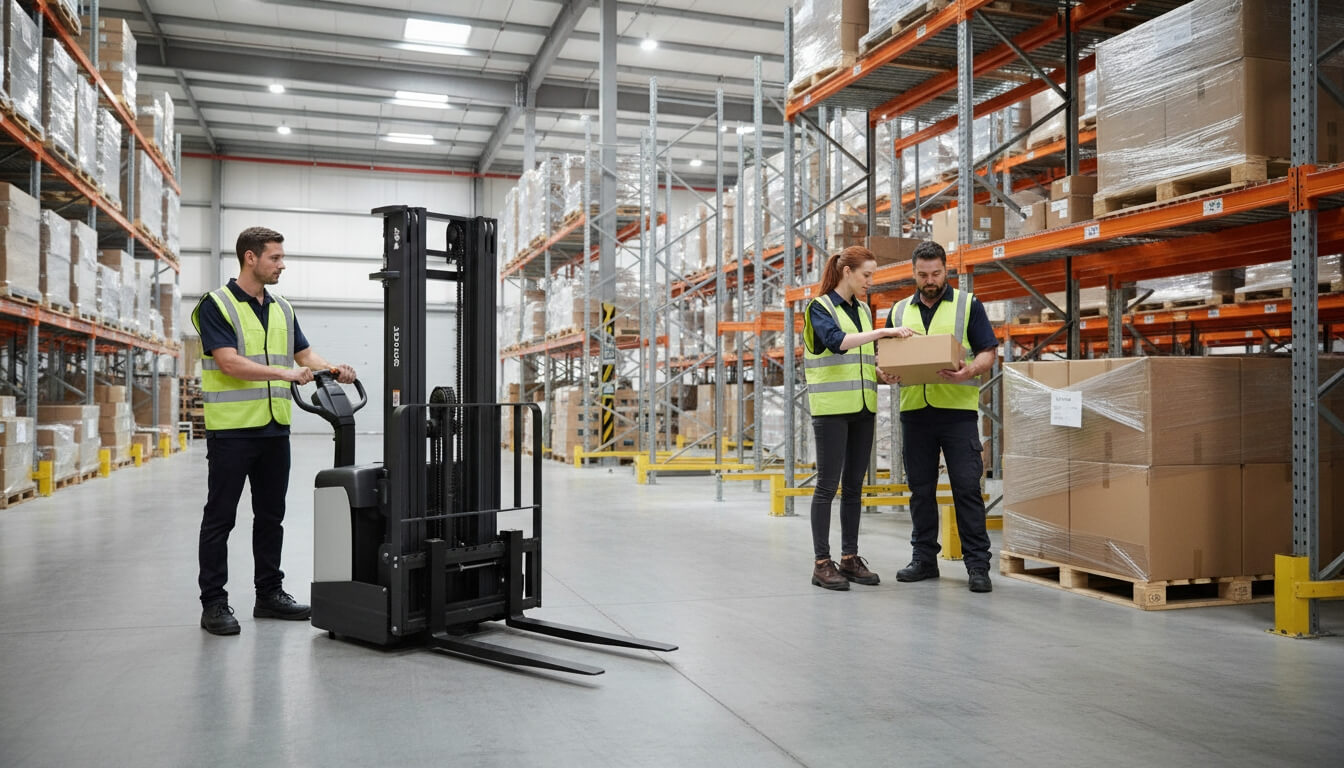
































































































































 Trolleys & Hand Trucks
Trolleys & Hand Trucks Cage Trolleys
Cage Trolleys Cleaning Carts & Trolleys
Cleaning Carts & Trolleys Construction Trolleys
Construction Trolleys Custom Trolleys
Custom Trolleys Hand Trucks & Dollies
Hand Trucks & Dollies Laundry/Linen Trolleys
Laundry/Linen Trolleys Lifting Trolleys
Lifting Trolleys Order Picking Trolleys
Order Picking Trolleys Panel Cart Trolleys
Panel Cart Trolleys Platform Trolleys
Platform Trolleys Powered Trolleys
Powered Trolleys Shelf & Tiered Trolleys
Shelf & Tiered Trolleys Shopping Trolleys
Shopping Trolleys Stainless Steel Trolleys
Stainless Steel Trolleys Tool Trolleys
Tool Trolleys Utility & Service Carts
Utility & Service Carts Lifting & Handling Equipment
Lifting & Handling Equipment Forklift Attachments
Forklift Attachments Jib Attachments
Jib Attachments Lifting Hoists & Pallet Hooks
Lifting Hoists & Pallet Hooks Load Skates & Tow Tugs
Load Skates & Tow Tugs Manual Stackers & Lifters
Manual Stackers & Lifters Pallet Jacks
Pallet Jacks Pallet Lifters
Pallet Lifters Pallet Rotators & Dispenser
Pallet Rotators & Dispenser Powered Pallet Trucks & Electric Lifters
Powered Pallet Trucks & Electric Lifters Scissor Lift Trolleys and Tables
Scissor Lift Trolleys and Tables Conveyor Equipment
Conveyor Equipment Conveyor Frames & Stands
Conveyor Frames & Stands Roller & Skate Conveyors
Roller & Skate Conveyors Ladders & Access Equipment
Ladders & Access Equipment Container & Yard Ramps
Container & Yard Ramps Ladders & Step Stools
Ladders & Step Stools Work Platforms & Crane Cages
Work Platforms & Crane Cages Drum Handling Equipment
Drum Handling Equipment Drum Storage & Bunding
Drum Storage & Bunding Drum Trolleys & Lifters
Drum Trolleys & Lifters Forklift Drum Handling
Forklift Drum Handling Waste Handling & Bins
Waste Handling & Bins Bin Lifters & Tippers
Bin Lifters & Tippers Plastic Waste & Wheelie Bins
Plastic Waste & Wheelie Bins Steel Waste & Tipping Bins
Steel Waste & Tipping Bins Waste Carts
Waste Carts Dangerous Goods Storage & Spillage
Dangerous Goods Storage & Spillage Aerosol Cans Storage Cages
Aerosol Cans Storage Cages Bunded Pallets & Storage
Bunded Pallets & Storage Corrosive Goods Storage Cabinets
Corrosive Goods Storage Cabinets DG Storage & Trolleys
DG Storage & Trolleys Flammable Liquid Cabinets
Flammable Liquid Cabinets Forklift Gas Storage Cages
Forklift Gas Storage Cages Site Storage
Site Storage Spill Kits
Spill Kits Shelving & Storage Equipment
Shelving & Storage Equipment Stillage & Transport Cages
Stillage & Transport Cages 750 Series Cage Configurations
750 Series Cage Configurations Heavy Duty Cabinets
Heavy Duty Cabinets Heavy Duty Shelving
Heavy Duty Shelving Mega Bins & Pallets
Mega Bins & Pallets Packing & Workbenches
Packing & Workbenches Parts Trays & Stor-Pak Bins
Parts Trays & Stor-Pak Bins Pegboard & Louvre Panels
Pegboard & Louvre Panels Plastic Bins & Crates
Plastic Bins & Crates Plastic Handling Solutions Bins
Plastic Handling Solutions Bins Plastic Pallets
Plastic Pallets Stack & Nest Bins
Stack & Nest Bins Pallet Racking Accessories
Pallet Racking Accessories Workplace Equipment
Workplace Equipment Modular Workbenches
Modular Workbenches Electric Height-Adjustable Workbenches
Electric Height-Adjustable Workbenches Floor Matting
Floor Matting General Workplace Equipment
General Workplace Equipment Industrial Weighing Scales
Industrial Weighing Scales Packaging Machinery
Packaging Machinery Stationery Cupboards
Stationery Cupboards Storage and Stillage Cages
Storage and Stillage Cages Tool Trolleys
Tool Trolleys Tooling Cabinets
Tooling Cabinets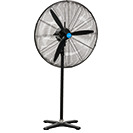 Workshop Fans and Coolers
Workshop Fans and Coolers Safety Barriers, PPE & Signage
Safety Barriers, PPE & Signage Barriers & Bollards
Barriers & Bollards First Aid Equipment
First Aid Equipment Gloves, Knives and PPE
Gloves, Knives and PPE Signage
Signage Cleaning & Site Supplies
Cleaning & Site Supplies Cleaning Equipment
Cleaning Equipment Cleaning Trolleys
Cleaning Trolleys Rubbish Bins
Rubbish Bins Signs & Traffic Supplies
Signs & Traffic Supplies Construction Equipment
Construction Equipment Construction Trolleys
Construction Trolleys Waste Handling
Waste Handling General Site Equipment
General Site Equipment Concrete Equipment
Concrete Equipment Site Storage
Site Storage Lifting Equipment
Lifting Equipment Verdex Specials
Verdex Specials






